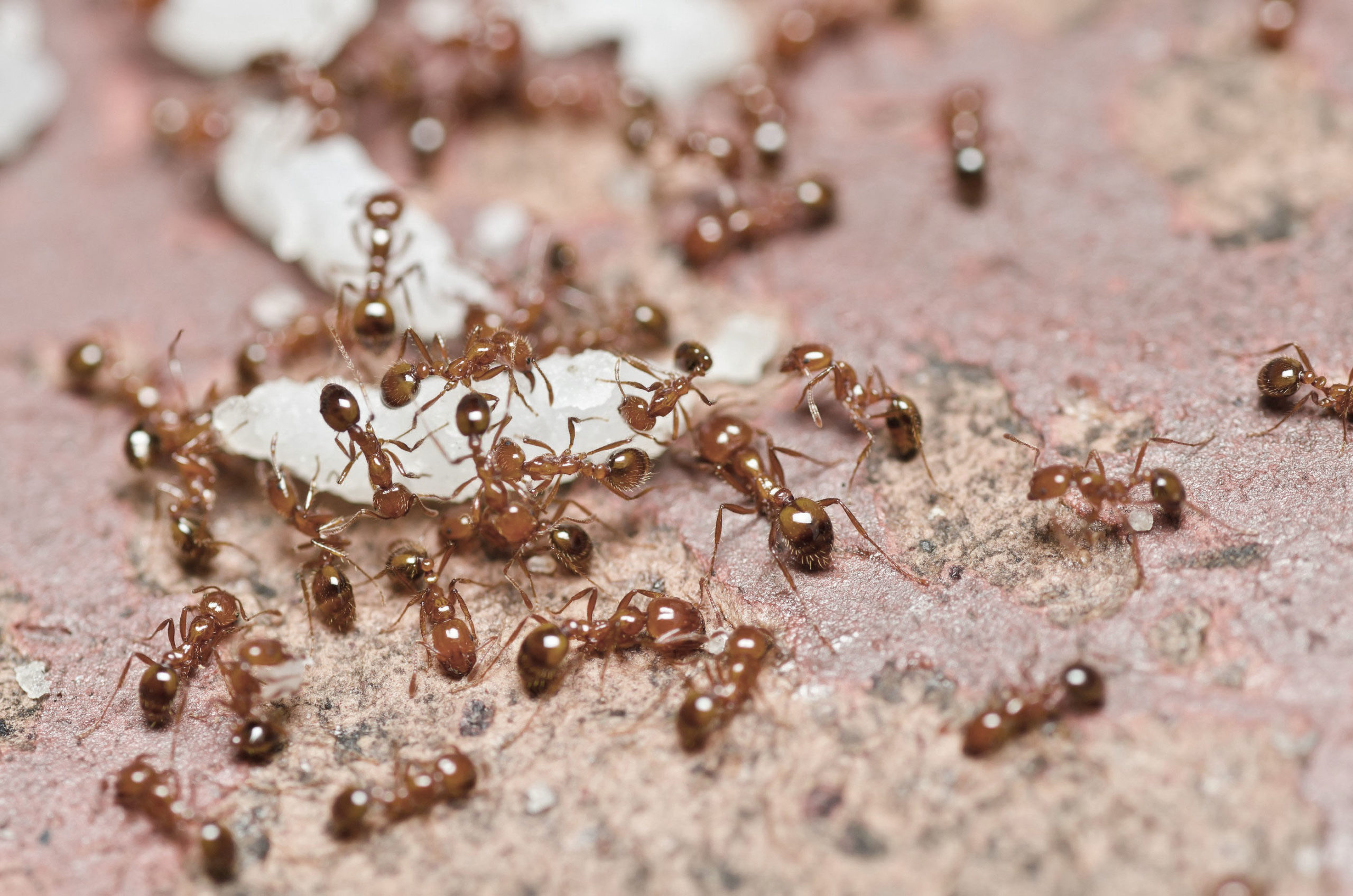It may be slime mold. Slime mold does not harm the turf and instead eats the dead organic matter, bacteria and other molds. The only reason to remove it is if you don’t like how it looks aesthetically. Treatments are ineffective and the organism may be better left alone. The individual spores of slime mold can be cream, pink, blue, orange or red. When they mass together, the appearance can be quite dark or whitish. Slime mold spores are spread by wind and if moisture is present, they bloom and reproduce, creating patches up to six inches in diameter. Slime molds come and go just as moisture does or if temperatures are too hot or cold. Heavy rains will eliminate the patch, but the rains can also spread the spores. Slime mold is favorable on turf where there is plenty of organic material or a thick thatch layer, reasonably moist soil, cool nights with warm days and temperatures between 50 and 80 degrees Fahrenheit. Slime mold is good for your lawn, but if you can’t stand the look of it you can rake it off the blades of grass, wipe it off with a broom or just mow over it. Just keep in mind that it may still come back and you will need to repeat the process again. Treating with a fungicide is not recommended and there are no available chemicals for control. The spores will get rid of many of the bacteria, bad fungal spores and excessive thatch on your lawn, leading to a healthier, greener turf.








